Hyperion Motors presents 1.5 MW fuel cell hypercar
The Californian start-up Hyperion Motors has presented a hydrogen-electric supercar at the Los Angeles Auto Show. On paper, the XP-1 offers enormous driving performance and an outstanding range. The company also presented the required infrastructure solution.
Powered by four electric motors with a total output of over 1.5 MW, the Hyperion XP-1 promises a top speed of 356 km/h, acceleration from 0 to 100 km/h in 2.2 seconds and a range of 1,016 miles or 1,635 kilometres. Thus, the XP-1 clearly surpasses the “hyper SUV” Drako Dragon, which was also presented in LA, in most points. Only in sprinting does the BEV-SUV have a slight lead. In terms of range (675 kilometres), however, the H2 sports car is far ahead.
To achieve this range and performance data, Hyperion Motors has developed a special drive system that, unlike most FCEVs, does without a lithium-ion storage unit as a buffer battery. On board are a fuel cell system and carbon-fibre hydrogen tanks as well as supercapacitors instead of batteries.
The only thing is that Hyperion is still holding back when it comes to concrete technical data on the individual components. It is therefore unclear how large the supercapacitors are and how long they can deliver this enormous power before they have to be recharged by the fuel cell. Since there is also no precise information on the power of the fuel cell, it is also unclear how long this recharging or buffering of the energy should take.
The XP-1 Hypercell fuel cell module, for example, is said to use a “highly efficient fuel cell air and space architecture” that uses “membranes coated with an industry-best catalyst capable of reducing rare earth metals and extending service life”. Performance is said to be a factor of 2 higher, as is efficiency – durability is said to be as much as three times better. However, the baseline on which this improvement is based is not mentioned.
The vehicle itself is based on a ‘surfboard’ platform developed by Hyperion, likely named in reference to the skateboard platforms of battery-electric cars. The flat chassis with the fuel cell and supercaps is said to be available in several motor configurations (in the supercar there are four axial flow motors) and can be “used for a variety of vehicle architectures from passenger cars to commercial vehicles”. In the case of the XP-1, a carbon-fibre titanium frame has been used, which means that the total weight is said to be just over 1,000 kilograms.
Not only with the technology, but also with the design of the body, Hyperion goes its own way – instead of relying on the usual aerodynamic gimmicks and optimising the airflow as much as possible, it not only has a slightly forward-sloping front, but also a ragged one. There are adjustable wings on the side, reminiscent of Bugatti’s curved design. In the XP-1, however, they are fitted with solar modules – yet the poorer aerodynamics of these “solar air blades” are unlikely to compensate for the range gain of the solar modules.
Hyperion plans to build 300 units of the XP-1 in the USA. Prices are to be announced at a later date.
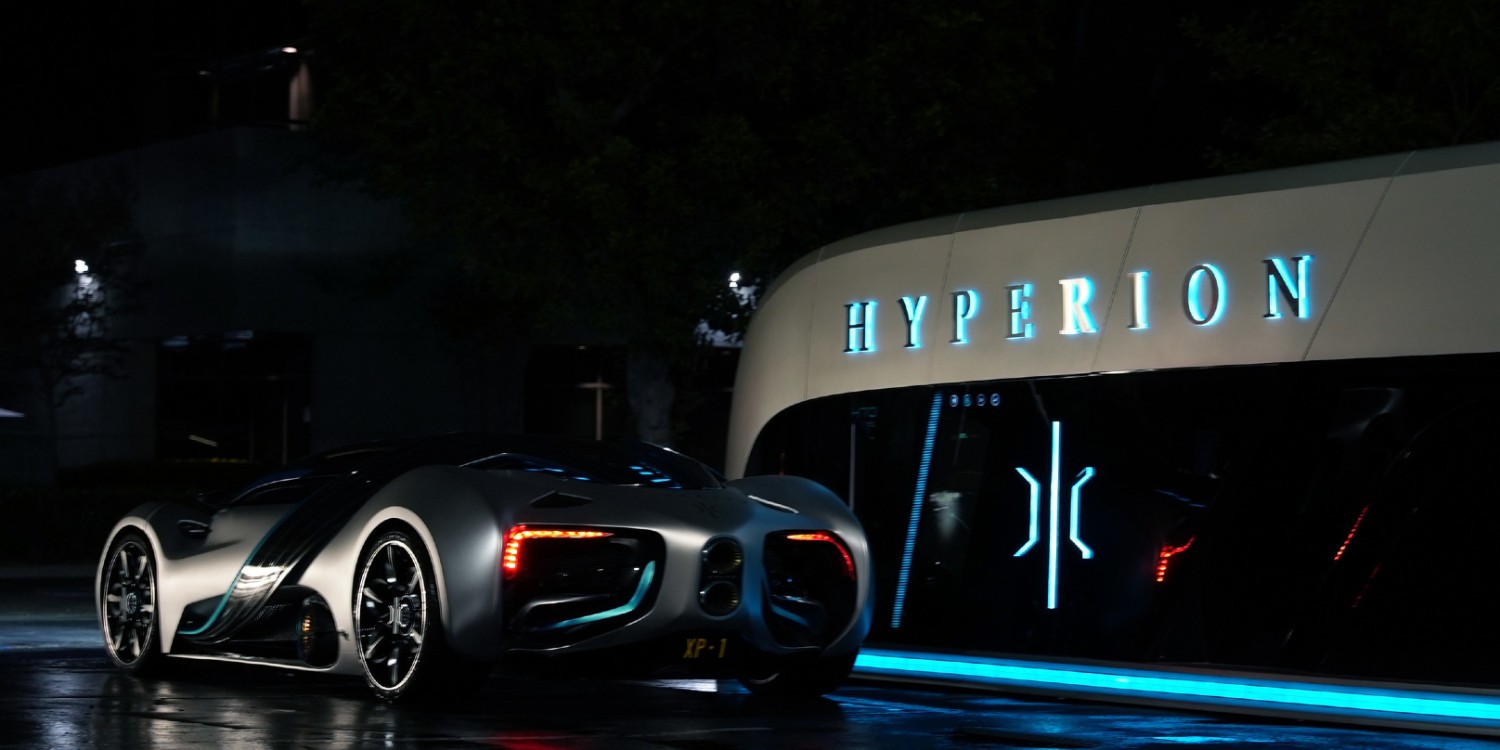
In addition to the XP-1, whose timely production is rather unlikely given the lack of detailed information, Hyperion has announced the introduction of so-called Hyper:Fuel Mobile Stations. The mobile energy stations contain a hydrogen dispenser for fuel cell vehicles and an optional DC fast charger for battery vehicles. The stations will be manufactured at the company’s 65-acre manufacturing headquarters in Columbus, Ohio, according to the company. Hyperion’s goal is to install them throughout the US and form a dynamic “Hyper:Fuel Network” with partners starting in 2023.
carscoops.com, hyperion.inc (both XP-1), prnewswire.com (mobile fuel station)

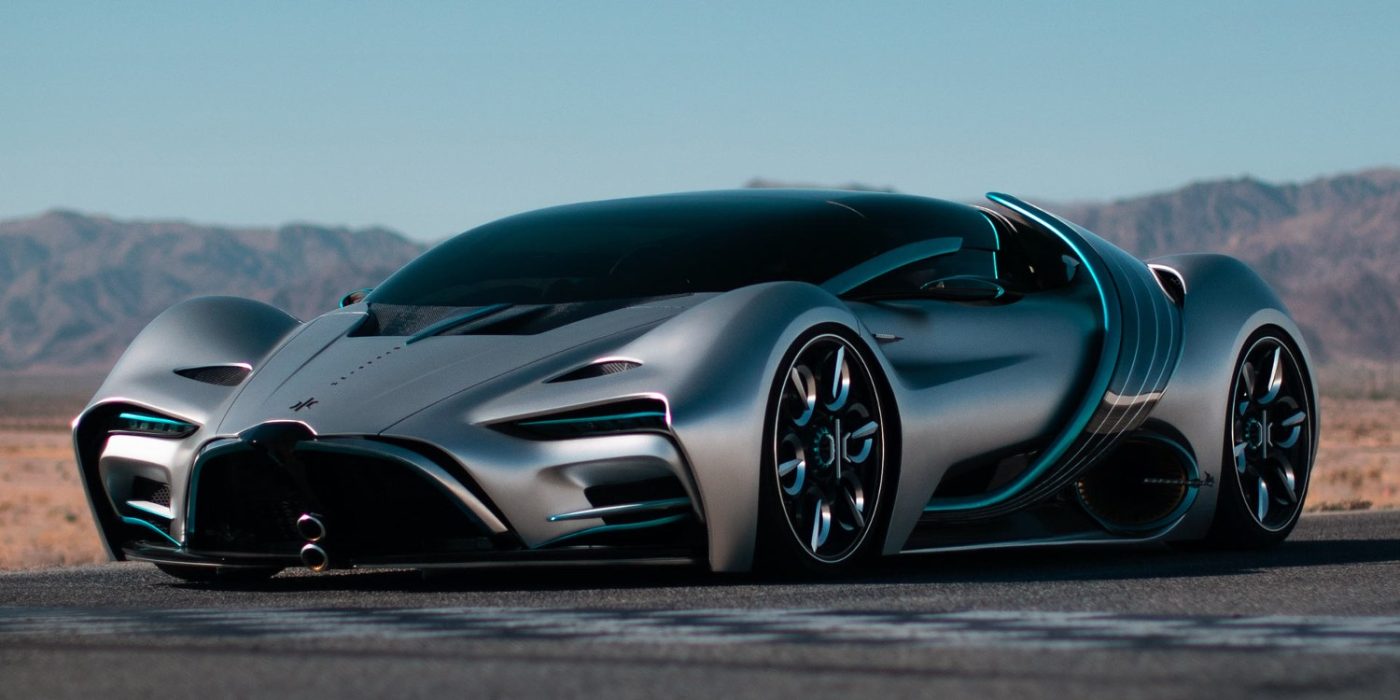
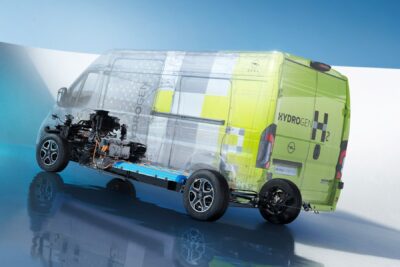
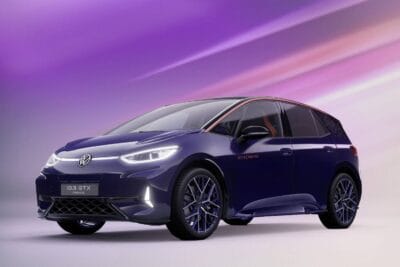
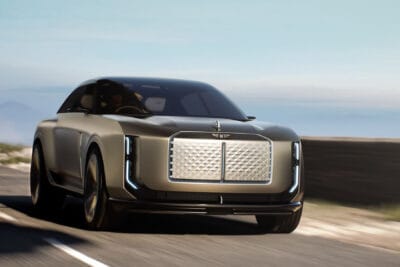
0 Comments